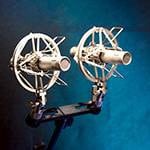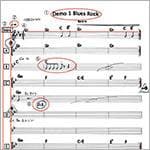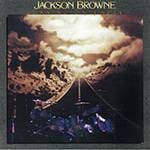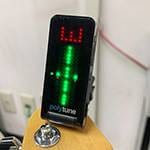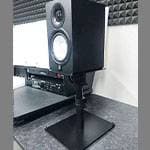Greetings! This is Mark, a new writer.
This time, I would like to change the subject... I would like to talk about “the law”.
If you are a music lover, I am sure you are familiar with copyright laws.
Even if you have already declared your rights, you always have to pay attention to them and make sure that you don't violate the honor and interests of the rights holders. It is a natural obligation.
So...what about the “airwaves” of your equipment? Have you ever cared about it?
■ Radio Law
In Japan, there is a law called the Radio Law that restricts the use of radio wave emitting devices.
This law is intended to prevent public radio waves from being interfered with or obstructed by the improper use of radio equipment, and it requires manufacturers of radio equipment to submit specifications to the Ministry of Internal Affairs and Communications for approval.
Once approved, the registered equipment is required to display the Technical Qualification Mark. Only when this mark is displayed on the device or in the instruction manual does the device become a wireless device that can be legally used in Japan.
Ministry of Internal Affairs and Communications Radio Equipment Utilization Homepage
Today, with the globalization of mail order, a variety of wireless devices can be purchased on e-commerce sites in Japan, but many of them are directly imported products that have not obtained technical certification or display counterfeit marks. Really, there are a lot of them.
The number of cases where people have unknowingly purchased these products continues to increase every day.
The reason why this is happening is that there is no penalty for selling devices without technical compliance. The reason for this is that there are no penalties for selling equipment without technical certification, while there are penalties for the user.
This unbalanced legal structure has led to the distribution of illegal devices and a large number of unknowing violators.
In addition, the low arrest rate for violations of the Radio Law and the lack of media coverage have led to the creation of violators who are aware that they know about the technical compliance requirements, but they are not likely to be caught.
■ How to Avoid Buying Device that Violate the Radio Law
So, how can you avoid buying a violating device that doesn’t have a technical conformity mark?
Simply buy products sold through authorized distributors in Japan.
If the distributor is a legitimate dealer, they have obtained and attached the Technical Qualification Mark to their products so that they can be legally distributed in Japan.
The same goes for Sound House, which you are looking at right now. Even though we sell products that do not handle radio waves through direct importation, we receive radio wave equipment through an authorized distributor. If you use a distributor with such a firm stance, it is unlikely that you will be arrested for having an offending device.
■ Examples of Technical Marks
Let's take a look at the actual technical certification mark here.
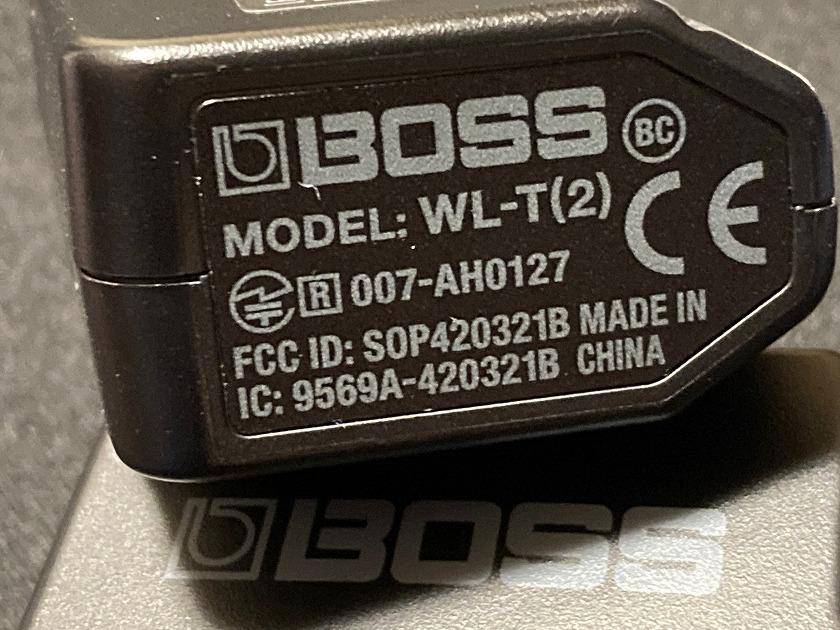
This is a BOSS WL-2 transmitter. The postal mark is the Technical Qualification Mark, and the number next to it is the certification number.
Next is a set of Bluetooth earphones from the brand Anker.

The mark and certification number are printed on the bottom of the charging case.
The basic information is printed or attached somewhere on the main body of the wireless device or on the equipment that comes in a set with it.
As an exception, if there is no space to print or attach the mark on the main unit, it may be indicated on the instruction manual, an attached sheet, or on the package.
If you cannot find the technical conformity mark on either the main unit or the accessories, there is a high possibility that the device is not certified. If you use the product as it is, you will violate the Radio Law, so please contact the manufacturer or seller first.
For your information, you can check the Ministry of Internal Affairs and Communications' website to determine whether the certification number is genuine or fake.
Search for devices that have received technical standards conformity certification, etc.
If you can enter the number here, the product is genuine. If neither the number nor the name of the business is found, the product may be a fake.
Products with only the technical conformity mark printed without the certification number are also out (because the technical conformity mark and certification number must be shown together).
This is a common method used to make a product look as if it has been certified.
■ Products that often lack technical certification
Among the product genres that are closely related to us music lovers, we can name a few that are often uncertified...
- Wireless earphones
- Wireless headphones
- Wireless systems for guitars
- Audio speakers with Bluetooth
- Guitar amplifiers with Bluetooth
- Multi-effects pedals with Bluetooth
- Ear Monitors
- Intercoms
It goes something like this. It is not uncommon for a product that has gained a reputation through word-of-mouth due to its low price, convenience, and high functionality to actually be uncertified....
If you are unsure whether a product is certified or not, it is safe to inquire beforehand. If the seller is a legitimate seller, you should be able to get a clear answer.
■ Disadvantages Other Than Violation of the Law
As I mentioned above, there are not many arrests for violations of the Radio Law, but that doesn’t mean that you should be careless and ignore this law.
As a citizen of a country under the rule of law, you should be law-abiding. If you use such equipment,you will be evaluated by others as a person with low literacy. This is a fatal mistake as a member of society. It is a major obstacle to becoming a music professional, reviewer, or influencer.
If you intend to work in the music business, remember to take care not to make the same mistake they did.
If you step on a pedal, it is enough to get you in trouble. Be sure to follow the law and keep your activities clean!






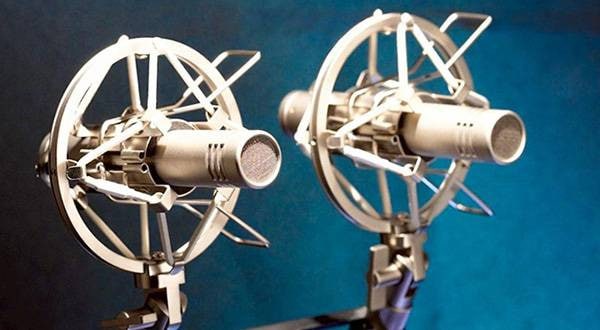
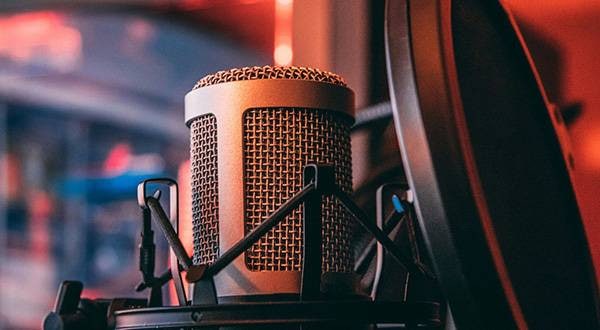

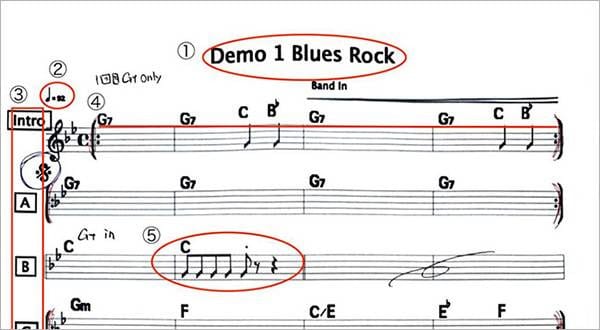


![[First Experience with Guitar Wireless] A Music Programmer Tries Xvive XV-U2!](/contents/uploads/thumbs/2/2022/2/20220202_2_16515_1.jpg)



![[2023 Edition] Recommended True Wireless Earphones for Beginners](/contents/uploads/thumbs/2/2018/10/20181026_2_4639_1.jpg)
 audio-technica ワイヤレスシステム
audio-technica ワイヤレスシステム
 ブランド別!おすすめの人気ワイヤレスイヤホン
ブランド別!おすすめの人気ワイヤレスイヤホン
 ワイヤレスイヤホンの選び方 用途別おすすめランキング
ワイヤレスイヤホンの選び方 用途別おすすめランキング
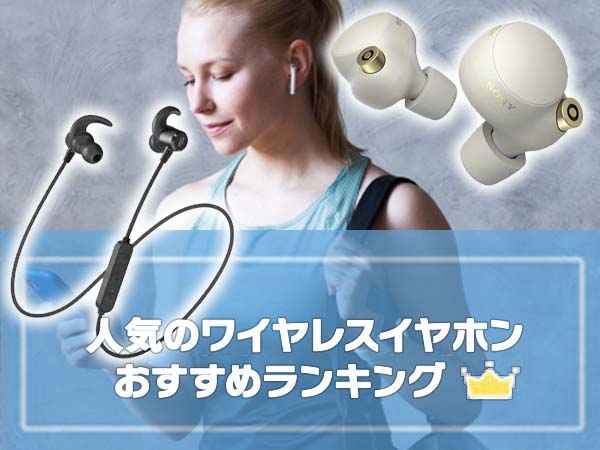 人気のワイヤレスイヤホン おすすめランキング
人気のワイヤレスイヤホン おすすめランキング
 ワイヤレスマイクロホン
ワイヤレスマイクロホン
